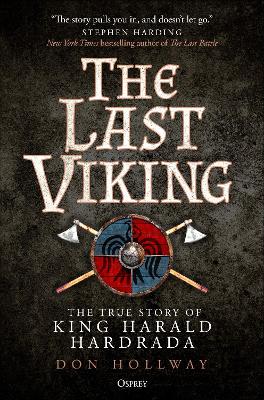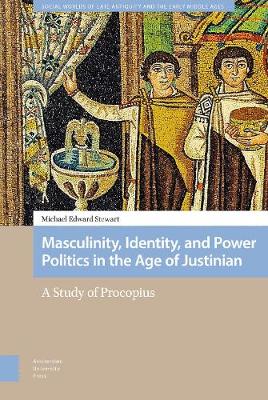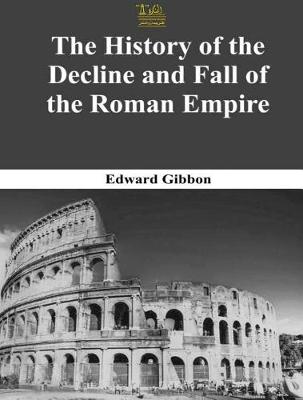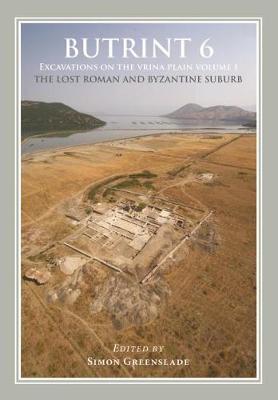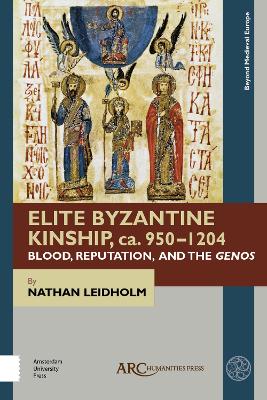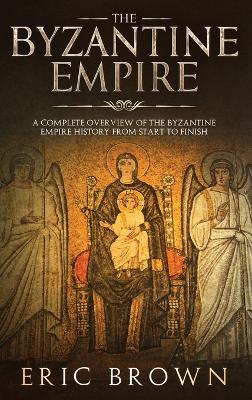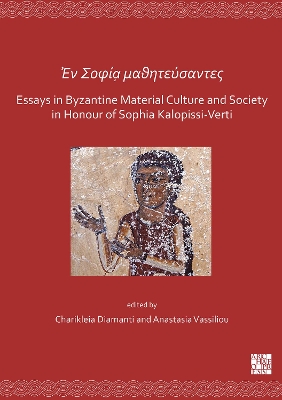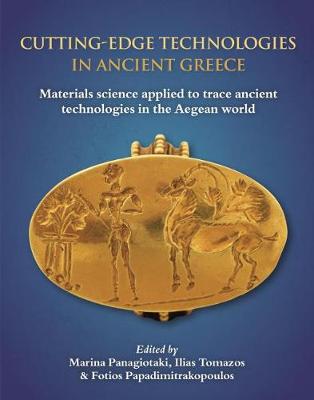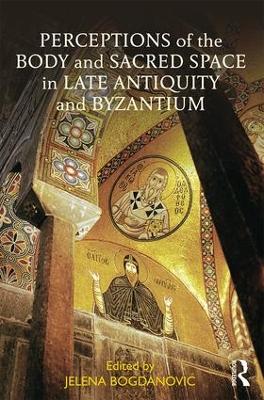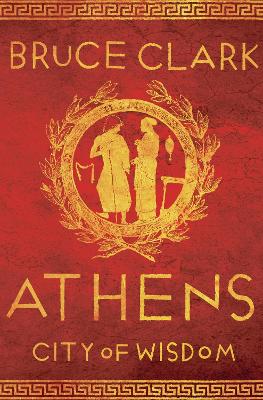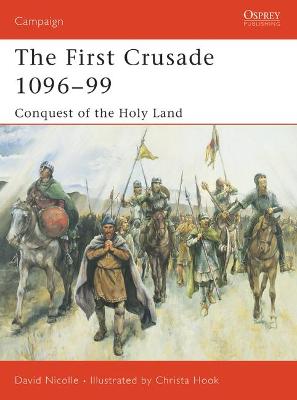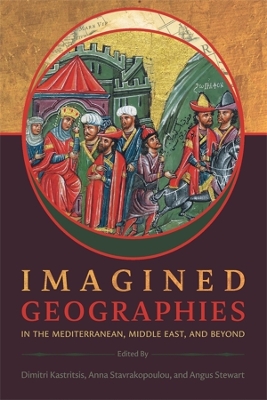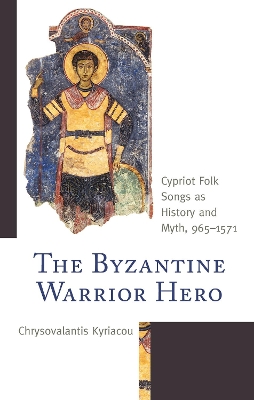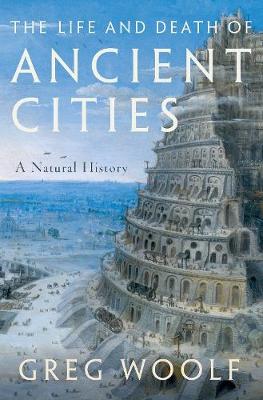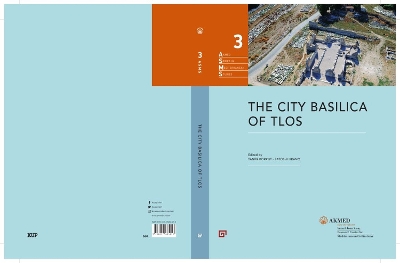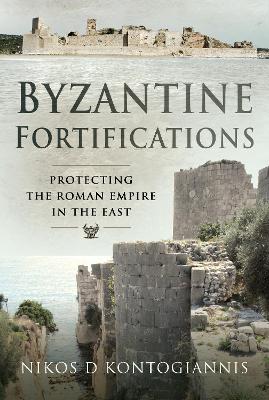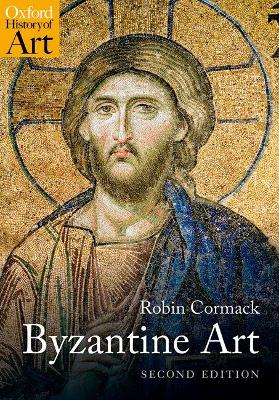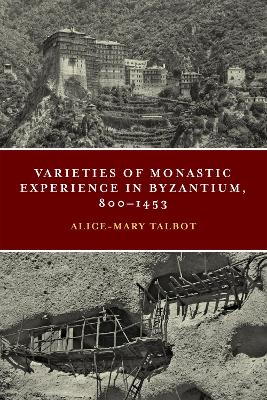'The Last Viking is a masterful and pulse-pounding narrative that transports the reader into the middle of the action.' Carl Gnam, Military Heritage Harald Sigurdsson burst into history as a teenaged youth in a Viking battle from which he escaped with little more than his life and a thirst for vengeance. But from these humble origins, he became one of Norway's most legendary kings. The Last Viking is a fast-moving narrative account of the life of King Harald Hardrada, as he journeyed across the...
A generation of historians has been captivated by the notorious views on gender found in the mid-sixth century Secret History by the Byzantine historian Procopius of Caesarea. Yet the notable but subtler ways in which gender coloured Procopius' most significant work, the Wars, have received far less attention. This monograph examines how gender shaped the presentation of not only key personalities such as the seminal power-couples Theodora/ Justinian and Antonina/ Belisarius, but also the Persia...
The Complete History of the Decline and Fall of the Roman Empire
by Edward Gibbon
Butrint 6: Excavations on the Vrina Plain Volume 1 (Butrint Archaeological Monographs, #6.1)
Butrint 6 describes the excavations carried out on the Vrina Plain by the Butrint Foundation from 2002-2007. Lying just to the south of the ancient port city of Butrint, these excavations have revealed a 1,300 year long story of a changing community that began in the 1st century AD, one which not only played its part in shaping the city of Butrint but also in how the city interacted and at times reacted to the changing political, economic and cultural situations occurring across the Mediterranea...
Self-Portrait in Three Colors (Christianity in Late Antiquity, #6)
by Bradley K Storin
A seminal figure in late antique Christianity and Christian orthodoxy, Saint Gregory of Nazianzus published a collection of more than 240 letters. Whereas these letters have often been cast aside as readers turn to his theological orations or autobiographical poetry for insight into his life, thought, and times, Self-Portrait in Three Colors focuses squarely on them, building a provocative case that the finalized collection constitutes not an epistolary archive but an autobiography in epistolary...
Elite Byzantine Kinship, ca. 950-1204 (Beyond Medieval Europe)
by Nathan Leidholm
En Sofía mathitéfsantes: Essays in Byzantine Material Culture and Society in Honour of Sophia Kalopissi-Verti contains a collection of thirty studies dedicated to Sophia Kalopissi-Verti by her students which celebrate the multifaceted academic and teaching career of Professor Kalopissi-Verti, Emerita of Byzantine Archaeology at the National and Kapodistrian University of Athens. The contributions cover a large variety of topics presenting unpublished archaeological material, suggesting new appro...
Cutting-edge Technologies in Ancient Greece
This volume examines materials produced with the use of fire and mostly by use of the kiln (metals, plasters, glass and glaze, aromatics) The technologies based on fire have been considered high-tech technologies and they have contributed to the evolution of man throughout history Papers highlight technical innovations of the technician/artist/pyrotechnologist that lived in the Aegean (mainland Greece and the islands) during the Bronze Age, the Classical and the Byzantine periods
Perceptions of the Body and Sacred Space in Late Antiquity and Byzantium
Perceptions of the Body and Sacred Space in Late Antiquity and Byzantium seeks to reveal Christian understanding of the body and sacred space in the medieval Mediterranean. Case studies examine encounters with the holy through the perspective of the human body and sensory dimensions of sacred space, and discuss the dynamics of perception when experiencing what was constructed, represented, and understood as sacred. The comparative analysis investigates viewers’ recognitions of the sacred in spec...
A sweeping history of Athens, telling the three-thousand-year story of the birthplace of Western civilization. Even on the most smog-bound of days, the rocky outcrop on which the Acropolis stands is visible above the sprawling roofscape of the Greek capital. Athens presents one of the most recognizable and symbolically freighted panoramas of any of the world's cities: the pillars and pediments of the Parthenon - the temple dedicated to Athena, goddess of wisdom, that crowns the Acropolis - dom...
To many people the Crusades were the First Crusade. This first 'armed pilgrimage' to the Holy Land was, of course, the only Crusade that really succeeded. It resulted in the establishment of four so-called Crusader States in the Middle East and its repercussions can still be felt today. But in addition to its historical significance, this book explores how the First Crusade saw several armies march right across Europe at a time when such a thing was virtually unheard of. It also struck the Islam...
Imagined Geographies in the Mediterranean, Middle East, and Beyond (Hellenic Studies)
This collaborative volume focuses on imagined geography and the relationships among power, knowledge, and space. A sequel to Imperial Geographies in Byzantine and Ottoman Space, Imagined Geographies in the Mediterranean, Middle East, and Beyond shares with its predecessor a strong focus on the role of empire and ideas of space viewed in inter-regional and interdisciplinary terms.Both volumes bring together specialists on history, art history, literature, and theater studies, but the present volu...
The Byzantine Warrior Hero (Byzantium: A European Empire and Its Legacy)
by Chrysovalantis Kyriacou
Chrysovalantis Kyriacou examines how memories of the pre-Christian past, Christian militarism, power struggles, and ethnoreligious encounters have left their long-term imprint on Cypriot culture. One of the most impressive examples of this phenomenon is the preservation and transformative adaptation of Byzantine heroic themes, motifs, and symbols in Cypriot folk songs. By combining a variety of written sources and archaeological material in his interdisciplinary examination, the author reconstru...
Dumbarton Oaks Papers, 76 (Dumbarton Oaks Papers)
Considering the interrelations between sight, touch, and imagination, this book surveys classical, late antique, and medieval theories of vision to elaborate on how various spheres of the Byzantine world categorized and comprehended sensation and perception. Revisiting scholarly assumptions about the tactility of sight in the Byzantine world, it demonstrates how the haptic language associated with vision referred to the cognitive actions of the viewer as they grasped sensory data in the mind in...
The human race is on a 10,000 year urban adventure. Our ancestors wandered the planet or lived scattered in villages, yet by the end of this century almost all of us will live in cities. But that journey has not been a smooth one and urban civilizations have risen and fallen many times in history. The ruins of many of them still enchant us. This book tells the story of the rise and fall of ancient cities from the end of the Bronze Age to the beginning of the Middle Ages. It is a tale of war...
The Byzantine empire was one of the most powerful forces in the Mediterranean and Near East for over a thousand years. Strong military organization, in particular widespread fortifications, was essential for its defence. Yet this aspect of its history is often neglected, and no detailed overview has been published for over thirty years. That is why Nikos Kontogiannis's ambitious account of Byzantine fortifications -their construction and development and their role in times of war -is such a valu...
The opulence of Byzantine art, with its extravagant use of gold and silver, is well known. Highly skilled artists created powerful representations reflecting and promoting this society and its values in icons, illuminated manuscripts, and mosaics and wallpaintings placed in domed churches and public buildings. This complete introduction to the whole period and range of Byzantine art combines immense breadth with interesting historical detail. Robin Cormack overturns the myth that Byzantine art...
Varieties of Monastic Experience in Byzantium, 800-1453 (Conway Lectures in Medieval Studies)
by Alice-Mary Talbot
In this unprecedented introduction to Byzantine monasticism, based on the Conway Lectures she delivered at the University of Notre Dame in 2014, Alice-Mary Talbot surveys the various forms of monastic life in the Byzantine Empire between the ninth and fifteenth centuries. It includes chapters on male monastic communities (mostly cenobitic, but some idiorrhythmic in late Byzantium), nuns and nunneries, hermits and holy mountains, and a final chapter on alternative forms of monasticism, including...
Contrary to popular assumption, Arab women were instrumental in shaping world history. Between Rome’s intervention in the Arabian Peninsula and the Arab conquests, noblewomen ruled independently, conducting trade and making war. Their power was often celebrated as queen, priestess and goddess. With time they delegated power to the most important holy men of their age, influencing Arabian paganism, Christianity and Islam forever. Empress Zenobia and queen Mavia supported bishops Paul of Samosata...
